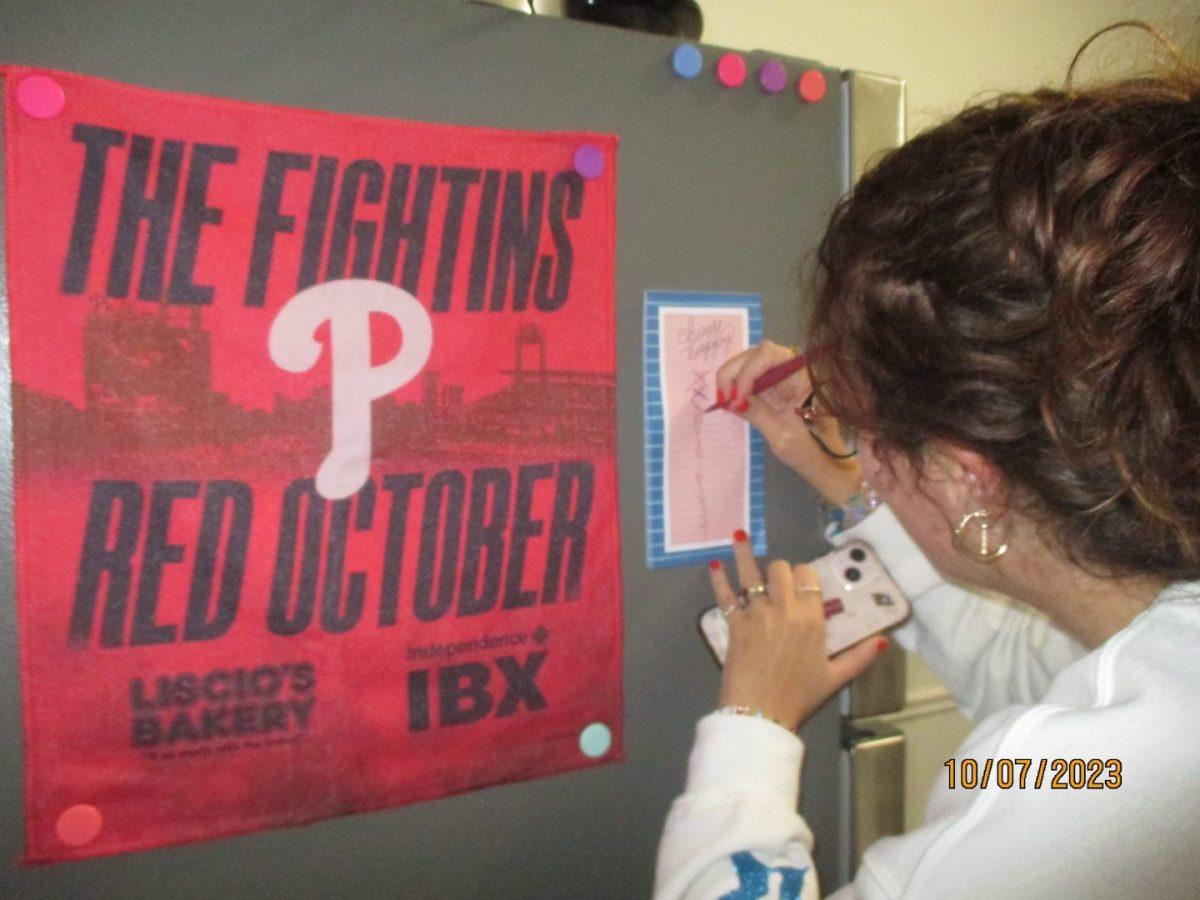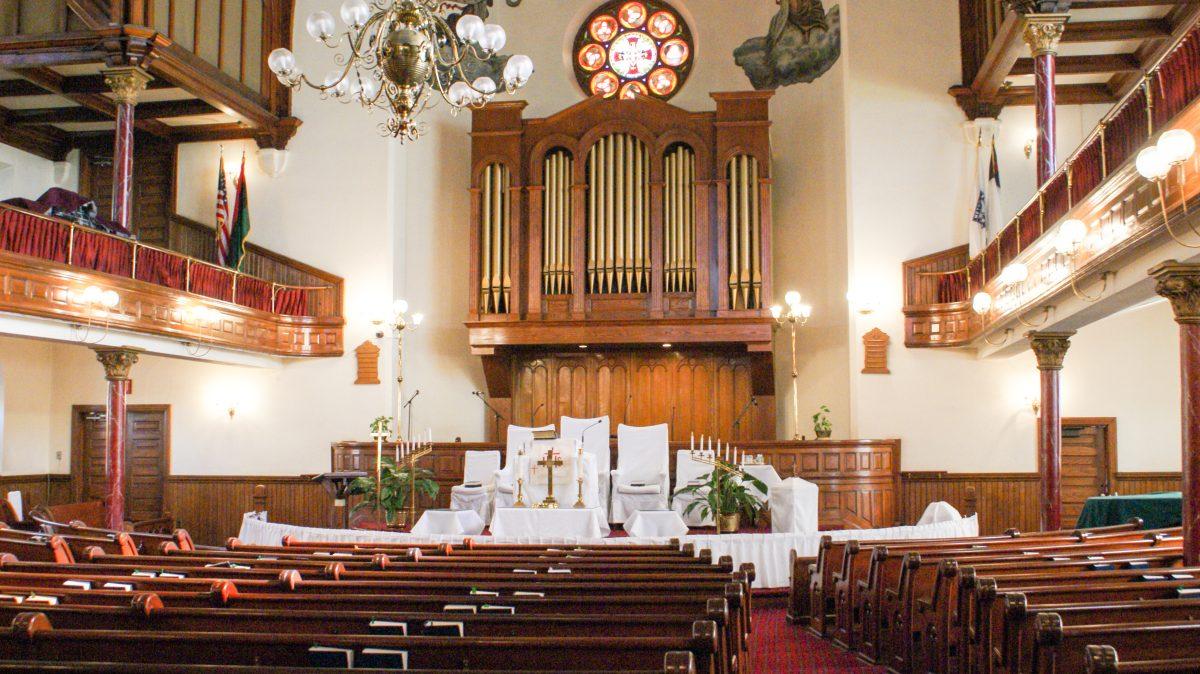A look at the history of Mother Bethel Church
Going to school in Philadelphia comes with endless opportunities to explore the city. While we all know about the major attractions, such as the Liberty Bell and the Philadelphia Museum of Art, the city has so many other significant historical sites that do not receive the recognition they deserve. One such unknown site is the Mother Bethel Church, a historic African Methodist Episcopal (A.M.E) Church located on Sixth Street.
Mother Bethel Church holds great significance both locally and nationally, as it is the oldest property consistently held by African Americans in the United States. Although there have been four different buildings to serve as this congregation’s church, they have all stood on that same land. The first A.M.E. Church was founded in 1791, and the current structure was originally built in 1889.
Today, the church continues to act as a place of worship for its continuously growing congregation, but it also serves as a National Historic Landmark and an important piece of African American legacy. For these reasons, the community opened a museum in the church to honor the A.M.E. tradition.
The museum tells so much about the creation of this church and its influence on the city, the country, and eventually the world. The first stop on the tour is a stained glass window paying tribute to the founder and first A.M.E. bishop, Richard Allen. Allen was an escaped slave who used his faith to provide a strong system of support for the former slave community. He also worked to serve the city of Philadelphia as a whole, especially during the yellow fever epidemic when he was one of the few who remained to tend to the sick. Allen’s tomb is held in the museum as a source of constant connection to the man who started this impactful religious tradition.
Next to Allen’s tomb is a mural that illustrates the timeline of the original parish, beginning with Allen and his wife, Sarah, and depicting the construction of the three previous church buildings and the present edifice. Painted across the top of the mural is the A.M.E. motto, “God our Father, Christ our Redeemer, Man our Brother,” which also appears above the altar at every A.M.E. Church across the globe, as the faith has now spread to almost every continent.
The rest of the museum holds a variety of artifacts preserved over the last 200 years, including many of Allen’s possessions and pieces from the first church building. These relics include the original pews, the pulpit from which Allen preached, and Allen’s personal Bible.
The A.M.E. Church is governed by bishops, all of whom are honored in the museum’s Hall of Bishops. Of the 136 bishops since Allen, many of them have left their mark on the Church, such as Reverend Vashti McKenzie, the first of four female bishops ordained in 2000.
The tour concluded in the sanctuary of the church. It has been renovated multiple times, but the most recent improvements, made in 1987, restored it to resemble the original sanctuary. This renovation included refurbishment of the original pews, chandelier, and windows and replication of the carpet and organ as seen in photographs of the first church. Every aspect of the design holds symbolic value and pays homage to the church as it used to be.
The community of Mother Bethel Church has worked hard to celebrate its rich history. From the preservation of artifacts over two centuries to the recreation of the original atmosphere of the sanctuary, the church’s members feel connected to their ancestors just by stepping onto the property. History is highly valued within the congregation, and the parishioners are constantly offering time and talent to the church. Whether through monetary donations, artwork, or manual contribution in the renovation process, every member uses what he or she has to give back to the parish.
In the midst of Black History Month, the Mother Bethel Church is a prime example of how black history is American history. African Americans have and continue to imprint on our culture and the world, and the Mother Bethel Church actively and positively promotes a rich and beautiful example of that impact.
















































